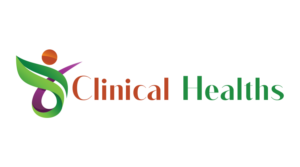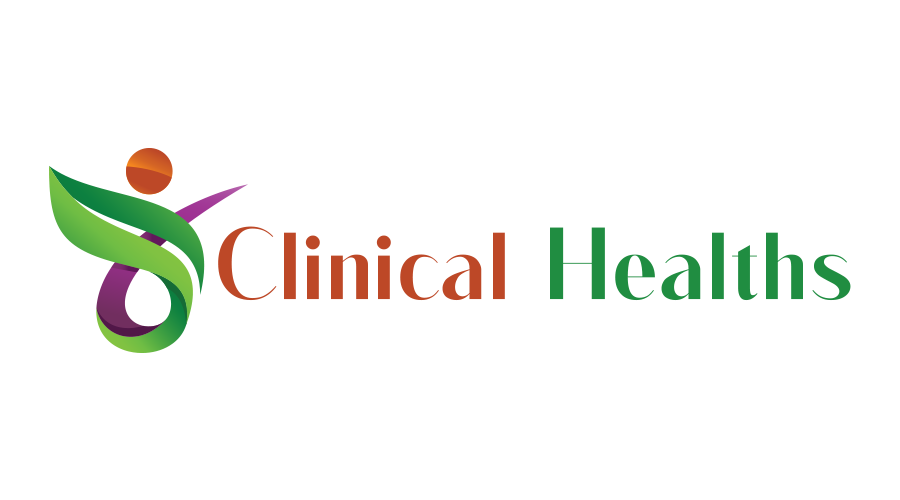Introduction: The cornerstone of a thriving healthcare practice lies not only in superior patient care but also in an efficient medical billing revenue cycle. This system is the pulse that keeps the financial health of a medical practice beating, paving the road for sustained growth and stability. An effectively managed cycle not only enhances revenue flow but also boosts patient satisfaction.
Unleashing the Power of a Successful Medical Billing Revenue Cycle
Inventory, distribution, sales, and customer service- these are the components of a product lifecycle in a traditional market space. In a healthcare environment, the product is the medical service delivered, and its lifecycle is defined by the medical billing revenue cycle.
The medical billing revenue cycle involves a series of complex processes. It starts from the moment a patient schedules an appointment and ends after the healthcare provider has received full payment for the services rendered. By tuning each component of this cycle to optimum performance, a healthcare practice can streamline workflows, minimize billing errors, reduce the time spent on admin tasks, and ultimately increase profitability.
Step 1: Pre-authorization
A vital component of the cycle, the pre-authorization process, is instrumental in avoiding denials from insurance companies.
Step 2: Eligibility Verification
This step is an accuracy checkpoint to ensure the right patient, service, provider, and insurance details are taken.
Step 3: Coder and Biller Synchronization
Here, interaction between the doctor, patient, and the insurance company is critical for ensuring correct diagnoses, procedures, and billing codes.
Step 4: Claim Submission
Submitting timely, error-free claims is crucial for a steady revenue stream.
Step 5: Payment Posting
A smoothly functioning payment posting process keeps an update on receivables and aids in maintaining an appropriate follow-up.
Step 6: Denial Management
This component concentrates on effectively managing denials and rejections.
Step 7: Reporting and Follow-Up
This stage serves as a key control measure, offering insights into the financial health of the practice for making crucial business decisions.
You can further explore these steps in greater detail here.
The Importance of a Streamlined Revenue Cycle
Understanding each of these components, how they interact, and managing them efficiently can lead to an improved patient-provider relationship, more funding for healthcare services, reduced wait times and increased overall patient satisfaction. The significance of integrating a seamless and smooth revenue cycle in any healthcare setting cannot be overstated.
To navigate through the complexities of these processes, many healthcare practices opt for professional help. Outsourced services bring in an element of expertise, technical know-how, and experience that can significantly reduce the administrative burden of a practice.
Conclusion: A successful medical billing revenue cycle is an unsung hero, silently enabling your healthcare practice to deliver the best possible care to patients while ensuring steady revenue flow. By understanding its key components, healthcare providers can work to optimize their processes and propel their practice forward. And remember, when in doubt, professional help is just a call away!
FAQs:
Q: What is the medical billing revenue cycle?
A: The medical billing revenue cycle is the process of submitting and processing claims for healthcare services in order to receive payment from insurance companies or patients.
Q: Why is a successful medical billing revenue cycle important?
A: A successful medical billing revenue cycle ensures steady cash flow for healthcare practices, allowing them to provide the best possible care to their patients while also maintaining financial stability.
Q: What are the key components of the medical billing revenue cycle?
A: The key components include patient registration and demographic information, charge capture, claim submission, payment posting, denial management, and patient collections.


